The cornerstone of a comprehensive myopia management approach, MiSight® 1 day is a daily wear, single use contact lens that has been clinically proven and FDA-approved to slow the progression of myopia (nearsightedness) when initially prescribed for children 8-12 years old. AT A GLANCE Suitable for children as young as 8** Easy for children to wear and handle Corrects your child’s dista ...
The cornerstone of a comprehensive myopia management approach, MiSight® 1 day is a daily wear, single use contact lens that has been clinically proven and FDA-approved to slow the progression of myopia (nearsightedness) when initially prescribed for children 8-12 years old.
AT A GLANCE
- Suitable for children as young as 8**
- Easy for children to wear and handle
- Corrects your child’s distance vision
- Helps slow the progression of myopia (gradual prescription changes)*
- A closer look at your child's distance vision
What can you do when your child tells you they’re struggling to see the board at school? Or that things are beginning to look blurrier the further away they get from them? One cause for this blurry distance vision could be myopia. Myopia causes light rays to focus at a point in front of the retina rather than directly on the surface, owing to elongation of the eye. Myopic progression is when prescriptions increase over time, and higher prescriptions have been linked to sight-threatening conditions later in life such as retinal detachment, glaucoma and myopic maculopathy.1
Even children with fairly low prescriptions have a higher risk of glaucoma and retinal detachment compared to non-myopic children, and that risk multiplies as their prescriptions get stronger.2
Eighty-one percent of eye care professionals agree that myopia is one of the biggest problems impacting children’s eyesight today.3 But until now, traditional eyeglasses and contact lenses available in the U.S. have only been developed to correct blurred vision, but they do nothing to help slow gradual prescription increases.
Focusing on your child's vision, now and in the future
Generally, myopia first occurs in school-age children and progresses until about age 20.4 According to the American Optometric Association, 34% of children ages 12-17 are myopic. This is due in part to changing lifestyles, with children spending less time outdoors and more time focusing on close objects like digital screens.
With FDA approval of MiSight® 1 day, CooperVision will empower eye care professionals and parents to take on pediatric myopia’s* growing prevalence and severity with a proven approach scientifically designed for the challenge.
*Indications for use.Indications for Use: MiSight® (omafilcon A) daily wear single use Soft Contact Lenses are indicated for the correction of myopic ametropia and for slowing the progression of myopia in children with non-diseased eyes, who at the initiation of treatment are 8-12 years of age and have a refraction of -0.75 to -4.00 diopters (spherical equivalent) with ≤ 0.75 diopters of astigmatism. The lens is to be discarded after each removal.
**Based on a clinical study in which participants were between the ages of 8 and 12 at initial fit.
1. Xu L, et al. High myopia and Glaucoma susceptibility for the Beijing Eye Study. Ophthalmology. 2007;114(2):216-20. 2. Bourne RR, et al. Causes of vision loss worldwide, 1990-2010: a systemic analysis. Lancet Glob Health. 2013;1(6):e339-49. 3. CooperVision data on file 2019. Myopia Awareness, The Harris Poll online survey 6/27/19 to 7/18/19 of n=313 ECPs (who see at least 1/month myopic child, age 8-15) in U.S. 4. Yu L, et al. Epidemiology, genetics and treatments for myopia. Int J Ophthalmol. 2011;4(6):658-69.
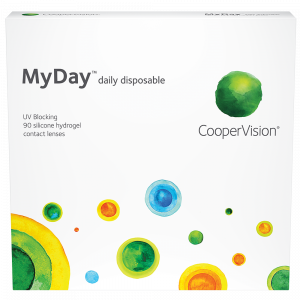
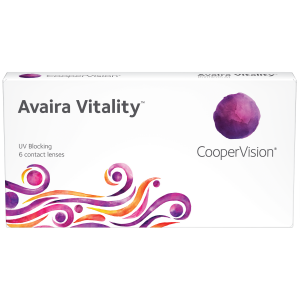

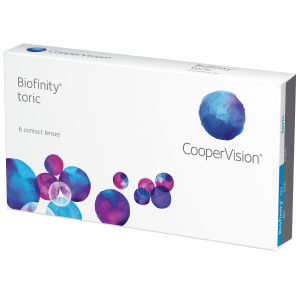
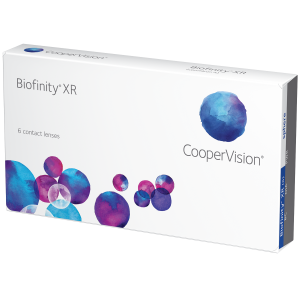
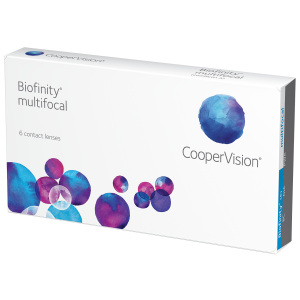
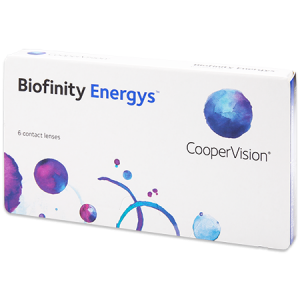
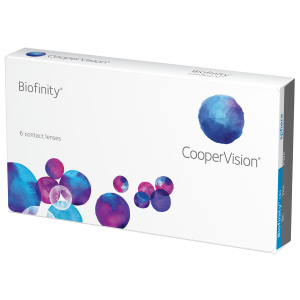
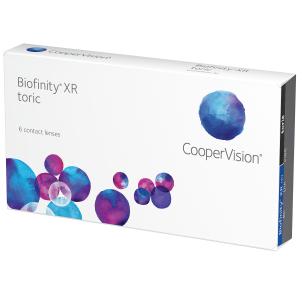
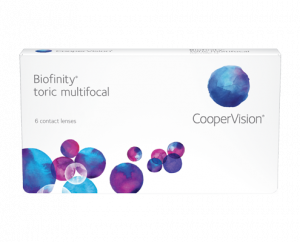
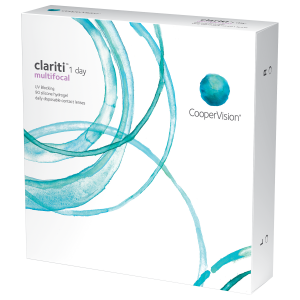
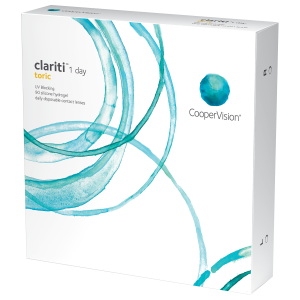
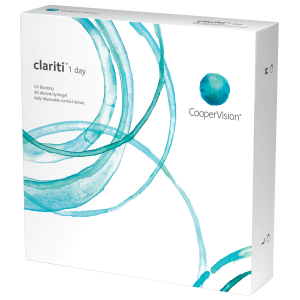
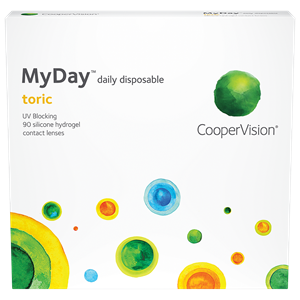
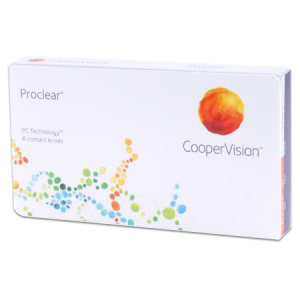
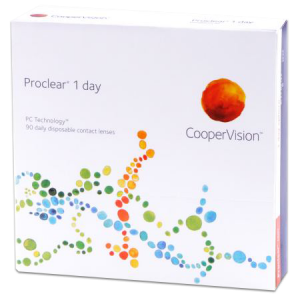
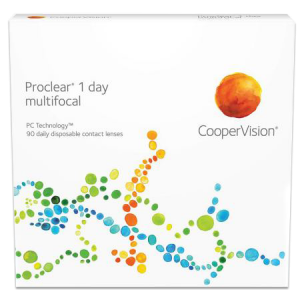

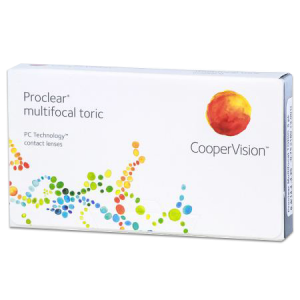

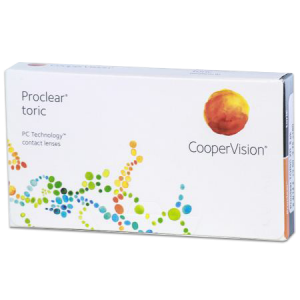
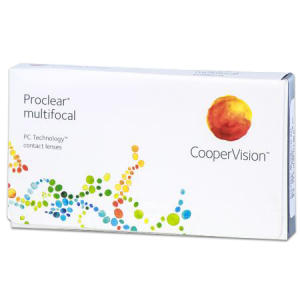
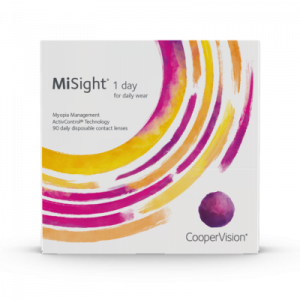




After-hours Emergency Exam Available on request.